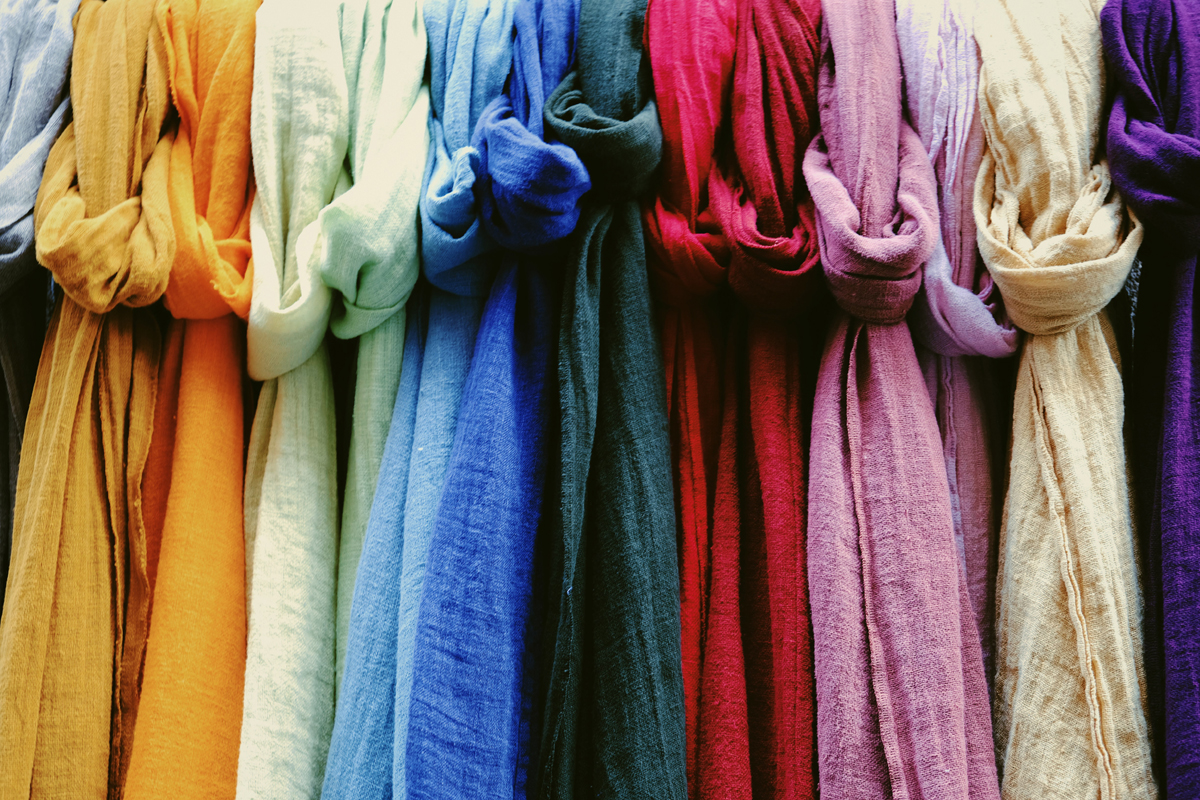Mimosa dyeing is a rewarding and environmentally friendly way to create beautiful, unique fabrics, yarns, and clothes. By following this comprehensive guide, you can explore the rich hues and sustainable practices associated with natural dyeing. Whether you are a seasoned artisan or a curious beginner, in the mimosabarkstore.com, Mimosa hostilis root bark offers a versatile and eco-conscious option for your dyeing projects.
Mimosa hostilis is a tree native to Latin America whose root bark has been utilised for centuries for its medicinal properties, spiritual uses, and most notably, as a natural dye. Mimosa dyeing is a sustainable and eco-friendly alternative to synthetic dyes, producing rich, earthy tones that are highly sought after by artisans and DIY enthusiasts.
Why Choose Mimosa Dye?
Mimosa dye is valued for its deep, reddish-brown hues and its ability to produce a range of colours depending on the mordants and techniques used. Unlike synthetic dyes, Mimosa dye is non-toxic, biodegradable, and environmentally friendly. It provides a sustainable option for those looking to reduce their ecological footprint while still achieving beautiful, vibrant colours.
Preparing the Materials
Before you begin the dyeing process, it is crucial to prepare your materials properly to ensure the dye adheres well and produces even, long-lasting colours.
Gathering Supplies
- Mimosa hostilis root bark powder
- Natural fibres (cotton, wool, silk, or linen)
- Mordants (alum, iron, or copper sulphate)
- A large stainless steel or enamel pot
- Measuring spoons and cups
- Wooden spoon or stirring stick
- Rubber gloves and apron
Dyeing
Different mordants can produce varying shades, so experiment to achieve the desired colour. Mimosa dye works best with natural fibres like cotton, wool, silk, and linen. Natural dyeing is a process that requires time and patience for the best results. You should visit mimosabarkstore.com to know more details about MHRB. Keep a dye journal to record your methods, measurements, and outcomes for future reference.
Dyeing Process
Prepare the Dye Bath
Measure the Mimosa hostilis root bark powder (use about 10-15% of the weight of the fabric). Add the powder to a large pot of water and bring to a boil. Reduce heat and simmer for an hour, stirring occasionally. Strain the dye bath to remove any solid particles.
Dyeing the Fabric
Add the mordanted fabric or yarn to the dye bath. Heat the dye bath gently and simmer for 1-2 hours, stirring occasionally to ensure even dyeing. For deeper colours, allow the fabric to soak overnight in the cooled dye bath.
Rinsing and Drying
After dyeing, remove the fabric from the dye bath and rinse thoroughly in cool water until the water runs clear. Hang the fabric to dry in a shaded area away from direct sunlight to prevent fading.
Pre-Washing
Start by pre-washing your fabrics, yarns, or clothes to remove any sizing, oils, or dirt. Use a gentle, pH-neutral detergent and rinse thoroughly. This step ensures that the dye binds more effectively to the fibres.
Mordanting the Fibres
Mordants are substances that help fix dyes to fabrics, making the colours more vibrant and long-lasting. Common mordants include alum, iron, and copper sulphate. The choice of mordant can also affect the final colour of the dye.
Alum Mordant
Alum (potassium aluminium sulphate) is a popular mordant for producing bright, clear colours.
- Dissolve 10-15% of alum (based on the weight of the fabric) in hot water.
- Add the solution to a pot of warm water and stir.
- Submerge the pre-washed fabric or yarn in the mordant solution.
- Heat the pot slowly and simmer for an hour.
- Allow the fabric to cool in the solution, then rinse thoroughly and let dry.
Iron Mordant
Iron (ferrous sulphate) can create darker, more muted tones.
- Dissolve 2-4% of iron sulphate (based on the weight of the fabric) in hot water.
- Follow the same steps as for the alum mordant.

